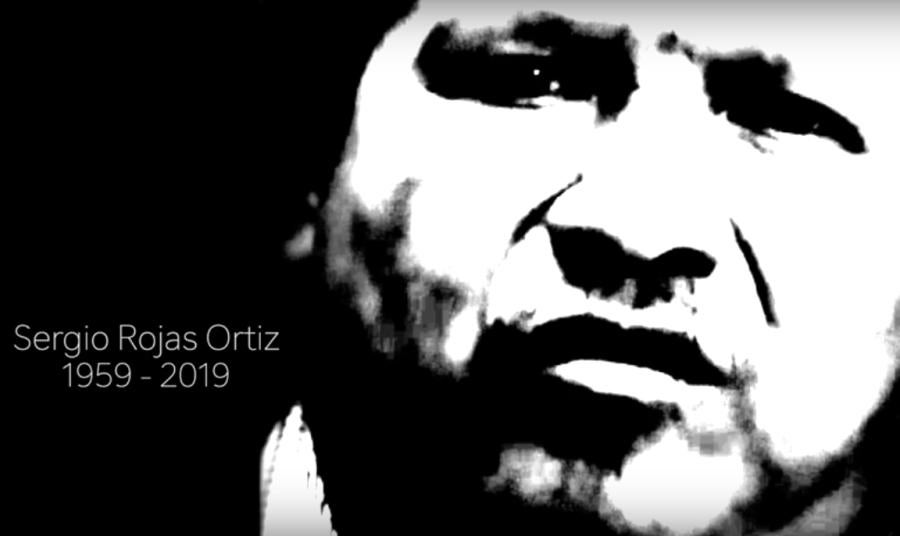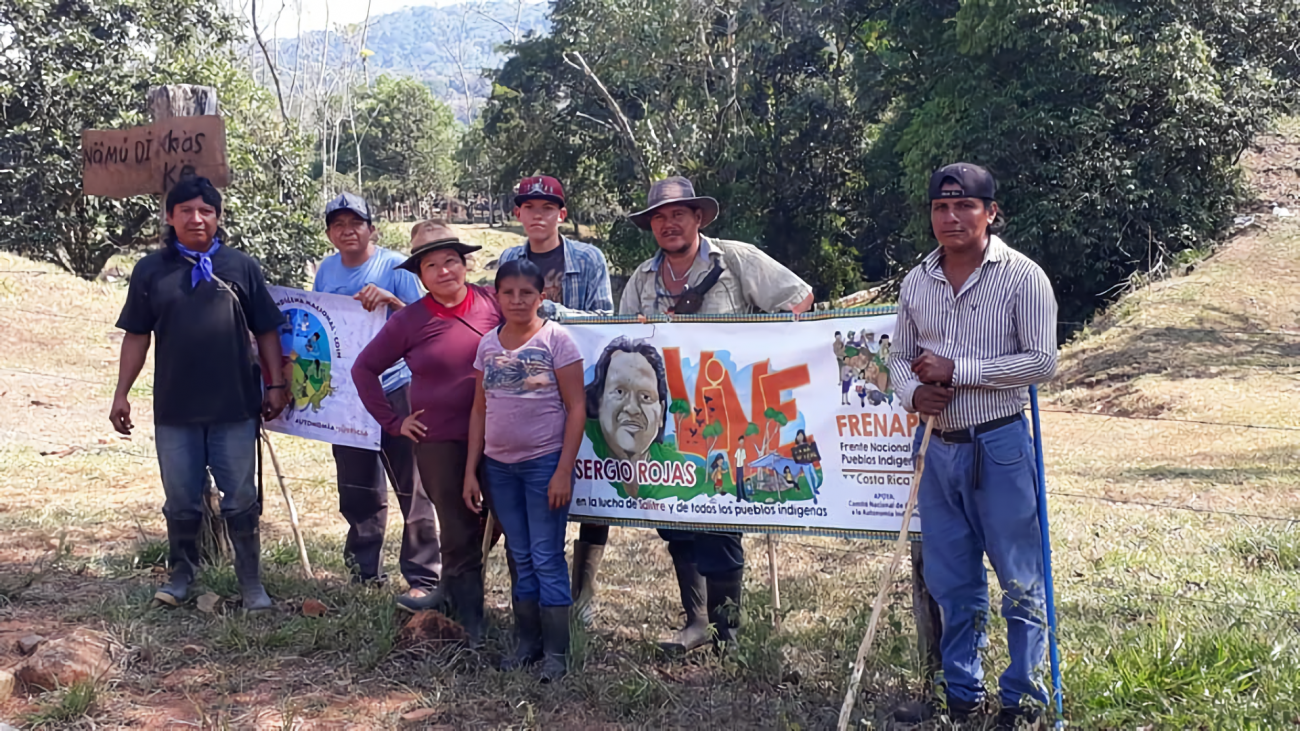
By Lucia Ixchíu
The heart of forests and jungles in Costa Rica are home to nine Indigenous Nations spread out in twenty-four regional territories. Theirs is a piece of a history of total plunder and complete discrimination which makes up the day to day lives of the world's Original Peoples. Indigenous Peoples have persisted in struggle for more than 500 years and in recent decades, the fight to regain their lands has been a very tough one. Today, more than ever, it is clear that Indigenous Peoples are still here and are ready to retake the lands from where they and their ancestors originated.
One of the nations with major presence across the region are Bribri Peoples, who like all Indigenous Peoples are rich in thousands of years of history and culture. The Bribri are a matrilineal group which means that the mother is the one who inherits and passes on the land to the next generation. Lesner Figueroa (Bribri) from the Council Ditso Iriria Ajkonuk Wakpa and defender of the territory and rights of Indigenous Peoples describes the group:
"We are a matrilineal people consisting of clans; Tuadiwak is my clan and there are others e.g. the Uniwak, the Dudiwak, Tubolak, Suladiwak etc. In this clan system lineage is only through he mother: you are Bribri if your mother is Bribri. In that sense, for a long time, women inherited the land. But unfortunately, in actual practice this inheritance line is frequently not adhered to. There are diverse factors that impose other methods of land ownership upon us. In fact, part of our day to day struggle is to strengthen the traditional matrilineal practice."
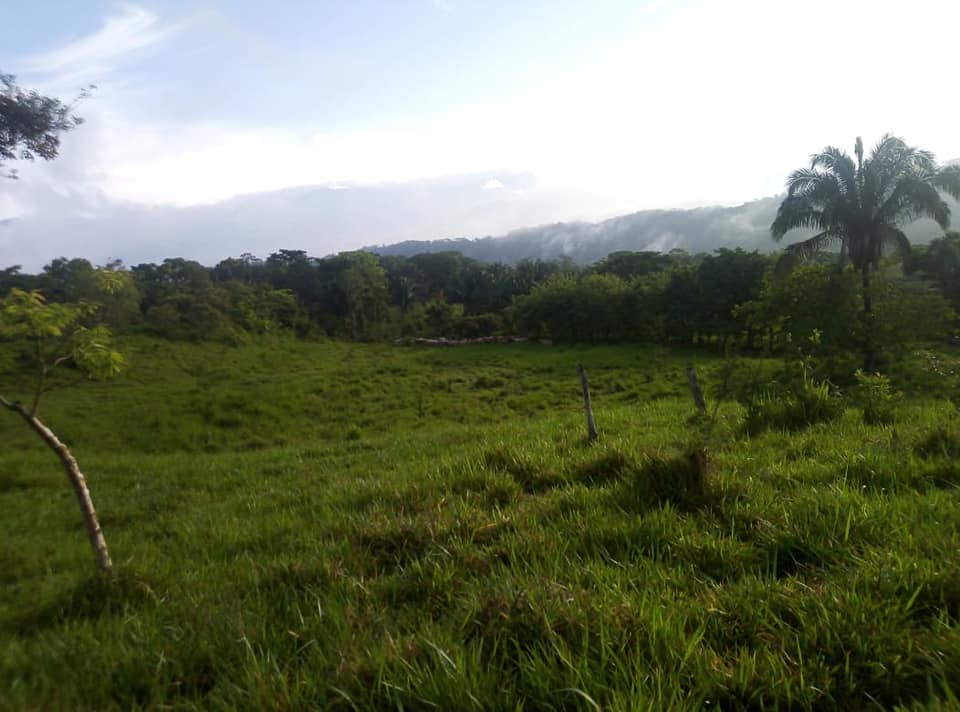
Indigenous Bribri Territory - Ditsö
When considering how the matrilineal system operates, we find that this type of social organization functions through recognition and valuing of women. Unlike the subordination of and control over them which is what prevails today due to patriarchy. "The fact that in these societies, women exercise an important position in the social structure and constitute a vital element in the family exemplifies that women have not been subjugated nor subordinated, not on any continent, nor during any period. And it shows that subordination of the female is not innate nor universal."
"The Bribri not only inhabited Talamanca. There are Bribris in the South Pacific area, and Puntarenas (which are in Salitre, Cabagra and Jarras). According to history our ancestors also inhabited the central valley of San Jose, but with the arrival of the Spaniards the Indigenous population was displaced, distancing themselves from the white population and arriving and inhabiting the coastal areas of Limon."
This provides us with an idea of the expanse of territory they inhabited and the regions where Indigenous Peoples currently live.
According to the INEC as of June 30, 2020, Costa Rica has a projected population of 5,111,238 inhabitants, 100,000 of which self-identify as Indigenous according to Ditso, i.e. more than 2% of the population in Costa Rica is Indigenous. Gustavo Orianumo de Ditso shares, "Like other countries Costa Rica, albeit with distinctive features and differences, experienced a systematic genocide against its First Peoples during the Conquest, the period of colonization and the republic. Ever since, their space and territories have continually been reduced."
The aforementioned underscores the reality of deprivations Indigenous experiences, from hunger to malnutrition--all as contemporary forms of extinction. Pillage is significant throughout the history of Indigenous Peoples. And they have lived through various periods and degrees of violence. Currently, according to a PNUD report, Indigenous Peoples in Costa Rica have the highest rates of poverty and malnutrition. The report concludes, "Finally, with regards to the percentage of Indigenous households with less than the minimal level of basic needs met, the latest national census indicates that to be around 70.1 %, while the percentage for the entire nation is 24.6."
"In Costa Rica an Indigenous population of approximately 63,876 persons is recognized (1.5 % of the total population according to the 2000 census). Of more than 5,210,000 hectares of land that make up the national territory, nearly 350,000, i.e. approximately 7% of the total land, is set aside as Indigenous territory."
With the approval of Indigenous Legislation 6172 the Costa Rican government officially recognizes ownership and occupancy of the Indigenous territories in the country. These rulings were approved by the nation's Legislative Assembly on December 20, 1977.
Historically, i.e. for the last 50 years, and currently, Costa Rican governments have been viewed internationally and by the UN as being stable ones, respectful of and compliant with human rights. Yet it is important to emphasize that such compliance and respect for Legislation 6172 continue to be unfinished business for the Costa Rican government. Nevertheless, only the rights of certain sectors of Costa Rican society have been respected and fulfilled. Indigenous Peoples' lands continue in the hands of families who appropriated them since the colonial period.
The crux of and central to this history is the land. It is today's constant and vibrant reality for the Bribri peoples of Salitre, the Broran in Terraba and many other original peoples living in Costa Rica. Even though the Indigenous legislation was passed in 1977 and it recognized Indigenous territory and the right to the usual organization and administration of justice, the Costa Rican government has not done anything to comply accordingly. Still, for the last 40 years, they dialogue and use delay tactics. A forty year period during which they have lied to organizations and entire communities.
The land which by ancestral rights belongs to, corresponds to entire Indigenous groups continues in the hands of the landed gentry. These landowners have criminalized, persecuted and assassinated those who defend their rights and their lands, dispossessing them of their ancestral property and creating a variety of problems in these regions.
To understand the ways in which Indigenous Peoples from varying territories in the country have lived, it is essential to speak with organizations that have worked with and support Indigenous Peoples. Gustavo Oriamuno speaks of Iridia (the name he uses to refer to the land, "the Pachamama" sustenance for and sacred to the Indigenous). "There is where the original peoples from the southern region of Costa Rica discuss decision-making, creating their own autonomy, beginning by reclaiming-- in ways consistent with their culture and national and international laws--the lands that were in the hands of non-Native people. In the south there are some areas where 80-85% have been legally declared [Indigenous] territory yet is under ownership of non-Native people.
Those who struggle to defend their original territories are murdered in plain daylight, and investigations by government officials have not shown any progress. The only public condemnations, made via social media, and they are hardly convincing, are not forceful enough to diffuse criminal acts. A just response and an explanation for the murders of those who defend the land is something victims' families still await.

Two guardians of the earth were planted and will be corn. Bribri Indigenous territory burned during violent action by landowners- Source Ditsö
In the long night of more than 500 years Indigenous Peoples have struggled for respect for their self-determination. Undoubtedly, this struggle has been ignored by the western logic of nation-states as have the visions, perceptions and points of view of First Peoples, as well as their ways of living together in their territories. They have been made invisible.
The ancestral peoples conceive of themselves as part of a whole without believing they are superior to nature and relate to the earth and water with utmost respect. Capitalism is governed by a logic of accumulation, consumption and displacement of original peoples. This system has been adopted by governments with no inclusion of Indigenous Peoples' ways of living. These differences bump up against each other resulting in harassment and criminalization towards Indigenous leaders, communities and organizations.
This dark scenario in which original peoples live, facing criminalization, persecution and assassinations of those who struggle for the life, peace, and dignity of their peoples, is nothing new. And during the last few years in this Caribbean region and jungle between Costa Rica and Panama, violence has increased. In less than two years two Indigenous leaders who were utilizing direct action in the process of reclaiming their ancestral lands, defenders of the rights of indigenous peoples, have been murdered.
"Sergio Rojas Ortiz, Bribri, 59 years old and a father, was concerned about his community. He thought about everyone and the group collectively. And since the passage of the 1977 legislation dealing with indigenous people, he had participated in the 1979 founding of the Indigenous Council." Lesner Figueroa, who was Sergio's friend and comrade, continues in today's struggle for the rights of First Peoples. Figueroa informs us about harassment and persecution that they live with everyday in the Salitre region for being leaders and for carrying out direct actions in attempts to recuperate their territories which were snatched away by colonial landowners. He asserts that they suffer persecution and racial discrimination despite of the existing laws which recognize original peoples as owners of these lands, the land they inhabit.
Sergio Rojas was assassinated a year ago. The Inter-American Commission on Human Rights had granted him cautionary protective measures but the government never followed through with those precautions which shows the complicity and silence on the part of the government regarding these types of experiences. At the one year anniversary of his death there is yet to be any progress in the investigation albeit the perpetrators have been identified.
"Jerhy Rivera Rivera, Indigenous from the Broran de Terraba group who was leading the reclamation of Indigenous lands in an area known as Mano de Tigre was murdered on the February 24th while he was in the process of reclaiming land", comments Gustavo Oreamundo. He adds, "Besides that, in 2013 Jerhy suffered a brutal attack for lodging a complaint regarding illegal felling of trees and deforestation in their territory."
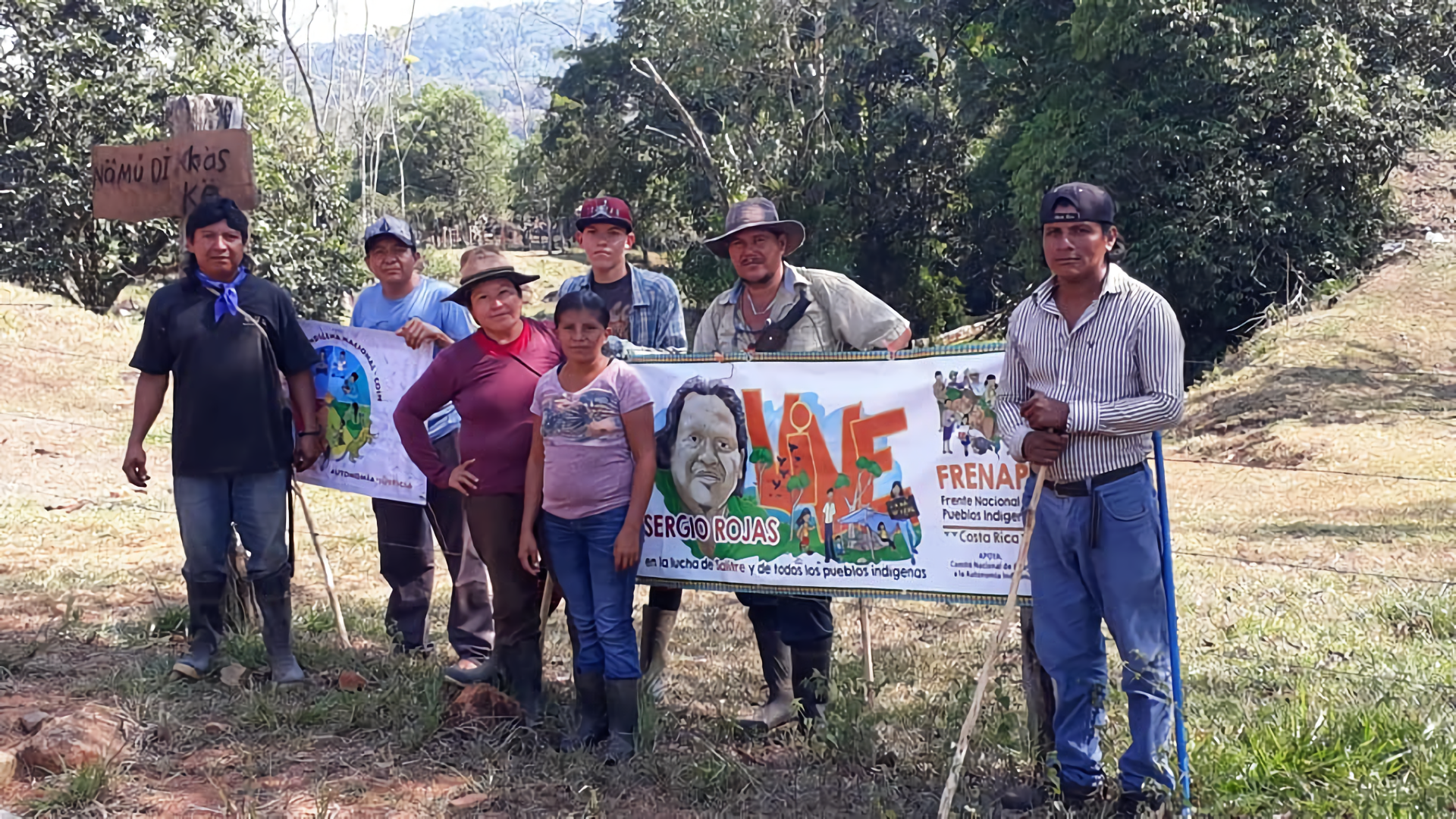
Dïtso, Costa Rica
There's been no significant progress in clearing up who were the brains behind the assassination nor who were the actual perpetrators. Sergio and Jerhy were intimately involved in reclamation of Indigenous lands and their assassinations are an obvious symptom of the lack of democracy, lack of respect for human rights for Indigenous Peoples in Costa Rica. Apparently, for first peoples and the organizations who defend their rights and look for government compliance with the law, the current reality is on the brink of a complete crisis, because it is about reclamation which has cost lives and has spilled blood in the communities and their territories.
Indigenous Peoples in Costa Rica Live, Exit and Resist
In the middle of a world crisis, the CoVid19 pandemic, colonial and structural plundering in which First Peoples live in the world makes fighting for territory and for the environment increasingly necessary. The voices of hope is with the Bribri in the midst of diverse and multidimensional realities in which Indigenous people live. "The call is a call to action, for unity and for organization to not abandon the struggle for life" affirms Lesner Figueroa. In other words, "Indigenous relationships to water, land, animals, forests has been such a close one that we consider these natural elements to be sacred like a member of our ancestral family. A complex code of ethics, religion, philosophy and society has been constructed based on this relationship. It is held by the Siwa, wisdom inherited from the ancient inhabitants of Talamanca, understood as wind, a breeze, an understanding. It is knowledge consistent with talamanqueña traditions with two requirements: science and religion combined in one concept and practice."
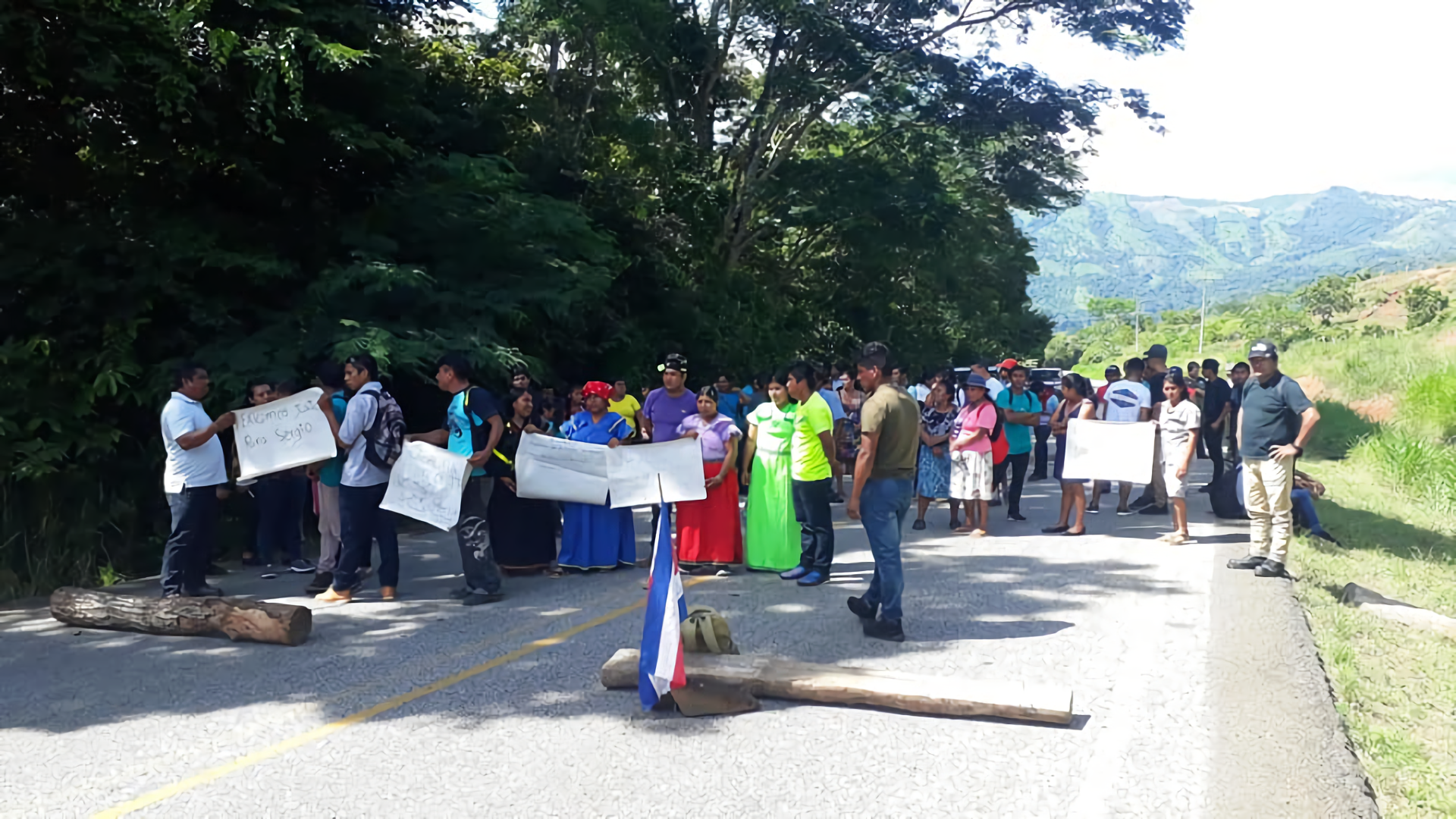
Peaceful mobilization of pressure from Indigenous communities - Fuente Ditsö
The current situation continues, given that the Costa Rican government has not implemented any specific measures for sorting out the territorial situation. The legislation dealing with the Indigenous already clearly states that the land is of the original peoples, in this case the Bribri. Nevertheless, nothing has happened during all this time; not one of the governments has wanted to return the land to the indigenous. So the illegal tenancy of the land has continued in the last years. It has turned into a serious situation, and therefore, last year the violence against First Peoples increased. Lesner says, "The government is ineffective and doesn't do anything in order to be able to comply with the law.
In spite of the complicated situation in which Indigenous Peoples in Costa Rica find themselves, they have always bet on dialogue, on respect, on compliance with the laws and treaties approved and ratified by the state. It has meant years of work, sitting at discussion tables and through negotiation processes so that the indigenous would be respected and given their due dignity. Lesner adds,
"At the root of the process which Sergio began some 10 years ago, a procedure he called reclamation of lands, he pushed for regaining the right to the land through various actions, e.g. one was to go to a Costa Rican governmental legistlative assembly, but there they dragged it out. Now there are threats night and day so this is not as easy as sometimes thought to be. Non-Indigenous are among us, so the threat of death and aggression persist every day. But our resistance also continues. It is difficult to explain to others what it is to be threatened every day."
The situation of Indigenous Peoples in Costa Rica does not appear in the first pages of major written plans, nor on television screens, nor is it trending on social media, so this report is a contribution, an amplification of the collective voice of Indigenous Peoples. To gather testimonies during the COVID-19 crisis, makes us feel very grateful for any contribution which helps to comprehend and organize this history. The governmental agencies' silence and neglect regarding everyday reality is revealed through the official search for information. Data on the situation of these communities is scattered. And much of what exists has been provided by universities and international organizations.
Nevertheless, there is still hope in the middle of this world crisis and the situation of permanent dispossession. The Bribri will continue struggling in accordance with their own cosmology and belief system because the earth, the water, the hills are sacred elements for reciprocity and for living communally; not for consumption and exploitation. The earth and her elements are property of no one and for this reason can not be destroyed; better stated, they must be respected, cared for and defended.
---Ana Lucia Ixchiu (Maya K'iche) is a feminist, an activist for human rights, an artist, a cultural agent and community journalist. She was born in Totonicapan, Guatemala in 1990. She became an activist and journalist because of the massacre on October 4th of 2012 at the Cumbre de Alaska (in the western highlands of Guatemala). She has been active in the student movement since 2012 and is a co-founder of the Festivals for Women in the Movement and Their Supporters. And she is a newscaster for the Noticiero Indigena Maya K'at and the Latin American correspondent for Rompe El Cerco.
